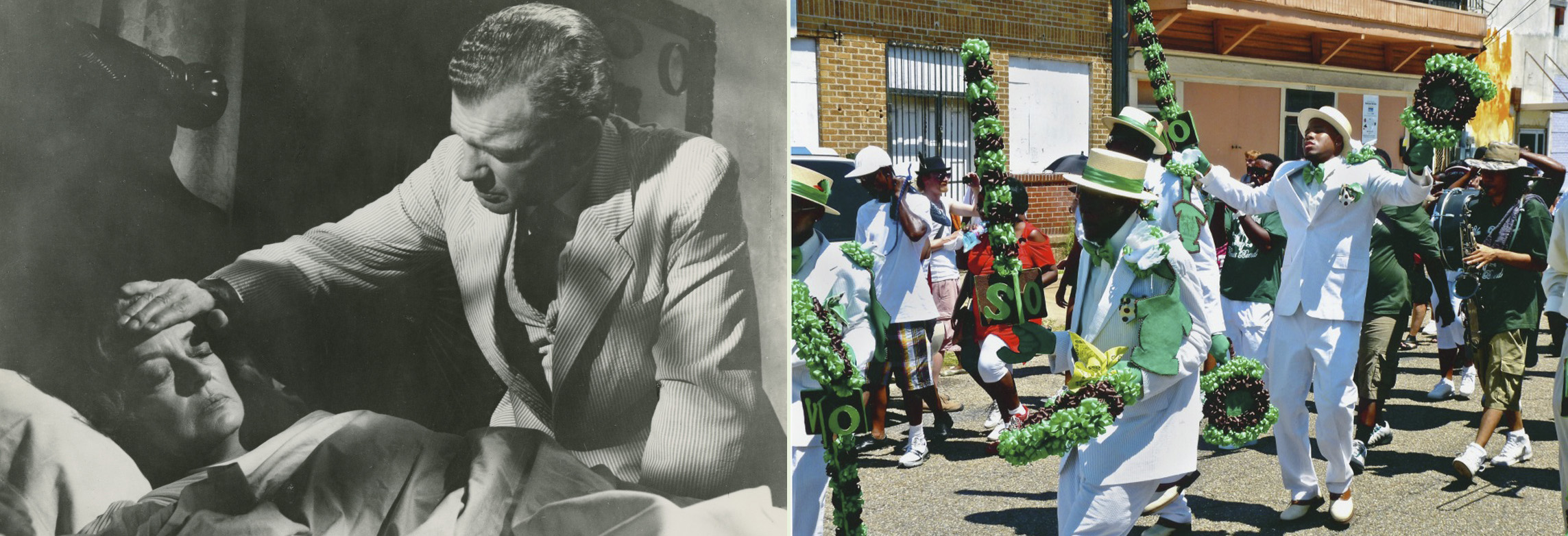In 1935, fried chicken history was made—not with a clever tweet or a sandwich war, but with one man, one bird, and a timer. That year, James “Buck” Fulford set a record when he killed, plucked, cooked, and ate a chicken all in one minute and 50 seconds.
Calvin Dayes made shoes fit for a king, but more importantly, he made shoes fit for those who most needed them. Regardless of the reason or the occasion for his specialty shoes, each finished piece featured a truly unique label: “By the JiveAss Shoemaker.”
In the summer of 1914, a Swedish sailor in New Orleans died, and an autopsy revealed the cause to be the bubonic plague, long thought to be confined to the other side of the Atlantic.
The puckered fabric has been a staple of summer fashion for generations, but just how did the iconic material come to be?
A brief history of carnival throws shows the progression of Carnival-related projectiles over the last 150 years.
While perusing the words of 19th-century visitors to New Orleans, it's striking how many of their concerns are still relevant today—and some could fit right into an online comment thread or bitter social media post.
Generations of New Orleans children still remember how the holidays were ushered in with a familiar tune: “Jingle, Jangle, Jingle / Here Comes Mr. Bingle / With Another Message From Kris Kringle.”
Making a keepsake out nof a loved one's hair may seem unusual now, but in the 19th century there was a trend to weave human hair into little memorials to the deceased.
New Orleans has its fair share of myths and ghost stories, but the truth is always stranger than fiction. These four local legends show you why.
The 18th Amendment outlawed the sale and manufacture of alcohol in the United States. New Orleans proved itself loathe to give up old habits.





















